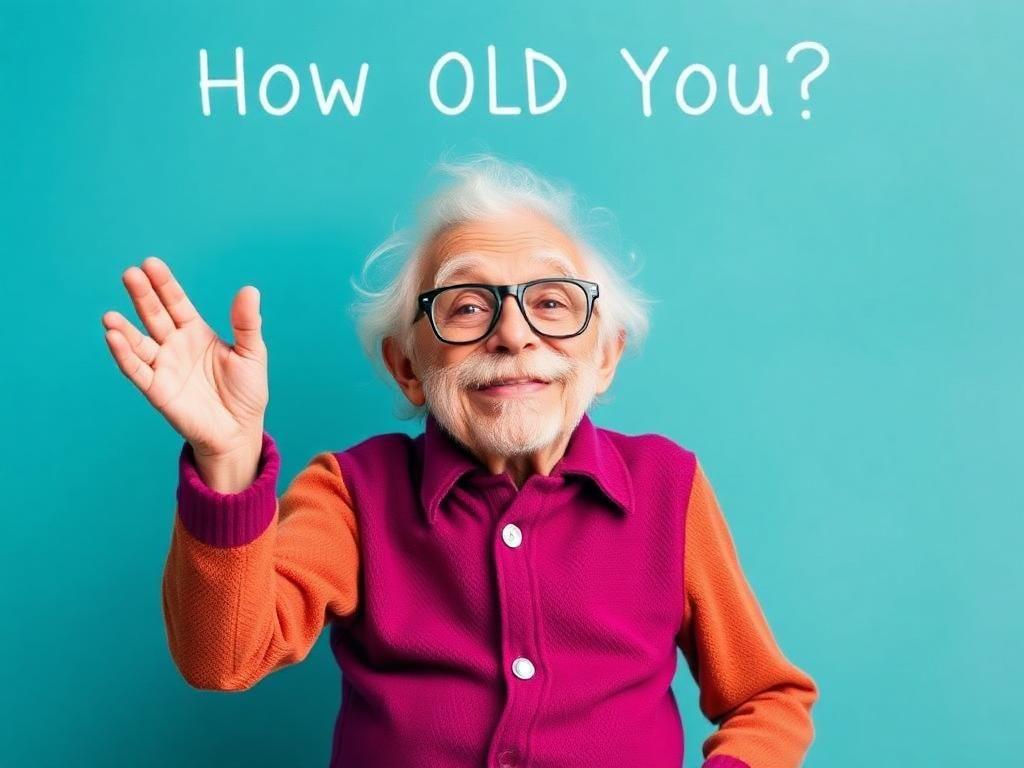Expressing gratitude is an essential component of effective communication, fostering positive relationships and encouraging open dialogue. The phrase “thank you for explanation” serves as a powerful acknowledgment of the efforts made by others to clarify or illuminate a topic. In both personal and professional contexts, acknowledging the insights and efforts of others enhances the communication experience, creating an environment where people feel valued and respected. Grateful communication not only uplifts individual spirits but also promotes a culture of appreciation that can lead to better collaboration and understanding.
The Role of Gratitude in Communication
Emotional Impact of Thank You
Expressing gratitude through the simple act of saying “thank you for explanation” resonates deeply on an emotional level. This expression enhances positive feelings, fostering connection between individuals. When someone shares their knowledge, acknowledging their effort enhances their sense of contribution and importance. It’s not just about saying thank you, but about solidifying ties that promote a culture of appreciation where individuals are encouraged to engage more.
Moreover, gratitude encourages reciprocal communication. When one person expresses appreciation, it inspires a response, resulting in a constructive dialogue that builds on mutual respect. This positive cycle creates a dynamic where information flows more freely, leading to better collaboration.
Building Relationships through Thank You
Using phrases like “thank you for explanation” strengthens personal and professional bonds. In personal relationships, gratitude builds trust and fosters open dialogue. In professional settings, it can enhance teamwork and engagement, contributing to a more harmonious workplace. In daily interactions, small expressions of gratitude, such as thanking a colleague for clarifying a point or acknowledging a friend’s insights, reinforce these connections.
Examples abound in both arenas; a simple “thank you for the explanation” after a team meeting not only acknowledges the effort but also lays the groundwork for future interactions based on trust and respect.
Appropriate Contexts for Saying “Thank You for Explanation”
In Professional Settings
In the workplace, acknowledging someone’s effort through “thank you for explanation” can be particularly beneficial.
– After meetings or presentations, where someone has taken time to clarify concepts.
– Following trainings or workshops, where the presenter has shared valuable information.
– During feedback sessions, thanking someone for their input helps cultivate a cooperative atmosphere.
These situations become learning opportunities when gratitude is expressed, paving the way for improvements in communication and collaboration.
In Educational Environments
In educational settings, “thank you for explanation” serves as a vital tool in fostering positive learning experiences.
– Interactions with teachers or professors become more engaging when students express their appreciation for their efforts.
– Recognizing peers during group projects for their contributions encourages teamwork and collective problem-solving.
– Acknowledging the insights of mentors enhances the learning experience, further cultivating an atmosphere of gratitude.
Such expressions help solidify the teacher-student dynamics while promoting a collaborative learning environment.
In Personal Life
In personal interactions, saying “thank you for explanation” can enhance conversations with friends and family.
– Teaching moments arise during discussions, where parents or siblings might explain complex topics.
– Learning from shared experiences during family gatherings makes the time spent together more meaningful.
– Clarifying misconceptions or sharing advice can improve understanding and trust in personal relationships.
Gratitude becomes a powerful enhancer of communication between loved ones, fostering stronger connections.
How to Express Gratitude Effectively
Verbal Expressions
Effective verbal expressions of gratitude can go beyond mere words. While “thank you for explanation” is impactful, varying your expressions can prove even more effective. Consider phrases such as:
– *“I truly appreciate the clarity you provided.”*
– *“Your insights made a significant difference in my understanding.”*
– *“Thanks for taking the time to explain; it really helped me.”*
The tone and body language accompanying these expressions also play a crucial role in conveying sincerity. Make eye contact and adopt an open posture to demonstrate genuine appreciation.
Written Acknowledgments
Writing thank-you notes or emails enhances the expression of gratitude.
– Crafting a thank-you note should be personal and tailored, reflecting the specific discussion and emotions.
– Use email effectively to express appreciation following professional interactions. A quick note such as, *“Thank you for explaining the changes in the project, it really helped me understand my role better”* can solidify your gratitude.
– Social media shout-outs can publicly acknowledge someone’s efforts, elevating their contributions and inspiring others.
In a world dominated by quick messages, a thoughtfully crafted note can stand out.
Non-Verbal Cues
Non-verbal cues are equally important in expressing gratitude.
– Make eye contact and smile to reinforce your verbal thank you.
– Gestures like a nod or an open hand can complement your words, translating your appreciation into a physical expression.
– Active listening demonstrates engagement and respect, further solidifying the communication bond.
Incorporating these elements ensures that your appreciation is felt and understood.
Crafting an Effective “Thank You for Explanation” Message
Components of a Good Message
Crafting a meaningful message of gratitude requires attention to detail. Personalization and specificity enhance your message’s impact.
– Mentioning the topic discussed helps relate your gratitude to a concrete action.
– Acknowledging the effort taken to explain shows that you value the time and energy invested in your learning.
Additionally, express how the explanation helped you. For example:
– Gaining clarity on a complex issue.
– Learning something new that could enhance your work or personal life.
This connection transforms your thank-you note into a more impactful message.
Examples of Well-Structured Messages
Consider these examples adapted to different contexts:
– **Professional context:** “Thank you for the in-depth explanation during yesterday’s meeting. Your insights into the project scope clarified my understanding and confirmed my next steps.”
– **Personal context:** “I really appreciate you taking the time to explain that new recipe to me! I learned so much about flavor combinations, and I can’t wait to try it out!”
These examples showcase the effectiveness of using “thank you for explanation” within various contexts.
Common Mistakes to Avoid
Generic Acknowledgments
While acknowledging others is essential, generic acknowledgments often fall flat. Avoiding phrases like *”Thanks for explaining”* can render your gratitude meaningless. Specificity matters. Tailoring your expressions to the individual and the situation shows authentic appreciation and makes your message resonate more.
Inconsistency in Gratitude
Expressing gratitude sporadically can diminish the impact of your appreciation over time. Regular acknowledgment creates an environment of appreciation that motivates individuals to engage and communicate effectively. The more consistently you express gratitude, the more genuine relationships you foster.
Overlooking Follow-up
Failing to follow up on discussions can signal disinterest. Following up not only shows continued engagement but also signifies that you valued the explanation. This could be as simple as sending a quick message stating how you applied the insights gained from the conversation.
The Benefits of Cultivating a Thankful Mindset
Enhanced Communication
Adopting a thankful mindset enhances communication significantly. When individuals express gratitude, it opens the door to better clarity and understanding in conversations.
– Positive interactions lead to more productive dialogue, increasing the likelihood that participants will share ideas freely.
By fostering an environment where gratitude is commonplace, teams can operate more efficiently and collaboratively.
Personal Growth and Reflection
Gratitude encourages self-awareness and humility. Becoming mindful of the contributions made by others enhances your connection to the community.
– You begin to appreciate the effort behind the actions of those around you, which cultivates an enriching perspective on relationships and interactions.
A thankful mindset allows for deeper appreciation of others, promoting a collective spirit of support and engagement.
Conclusion
In summary, saying “thank you for explanation” holds immense value across various aspects of life. Fostering gratitude not only improves communication but also enhances relationships, whether personal or professional. By incorporating appreciation into your daily routine, you contribute to a culture of understanding and respect. Regularly practicing expressions of gratitude can greatly enrich your interactions and elevate your communication skills overall.
| Context | Example Situation | Gratitude Expression |
|---|---|---|
| Professional | After a team meeting | “Thank you for explaining the project details; it clarified my role.” |
| Educational | After a lecture | “Thank you for the clear explanation of today’s topics; it really helped me.” |
| Personal | After a friend shares advice | “Thanks for taking the time to explain your perspective; it was enlightening.” |
FAQs
1. Why is it important to say “thank you for explanation?”
Expressing gratitude reinforces connections, creating an environment that invites dialogue and collaboration.
2. How often should I express gratitude?
Consistency is key; expressing gratitude regularly enhances relationships and cultivates a positive environment.
3. Can gratitude improve workplace dynamics?
Absolutely! Gratitude fosters teamwork and increases engagement, leading to more effective collaboration.
4. What are some alternatives to “thank you for explanation?”
Consider phrases like “I appreciate your insights” or “Your clarity on this subject is invaluable.”
5. How can I incorporate gratitude into my daily life?
Take time to acknowledge others for their efforts, whether through verbal or written expressions of appreciation.
6. Does expressing gratitude change how people communicate?
Yes, gratitude encourages open and honest communication, building trust among individuals.
7. How can I ensure my gratitude is sincere?
Be specific in your acknowledgment and connect your appreciation to the person’s actions or insights.
8. Are there cultural differences in expressing gratitude?
Yes, different cultures have unique practices and norms surrounding the expression of gratitude.
9. Is it necessary to say thank you after every explanation?
While not every situation requires it, acknowledging significant contributions fosters a positive interactive culture.
10. Can expressing gratitude lead to personal growth?
Yes! It cultivates self-awareness, enhances relationships, and promotes a sense of community and belonging.




